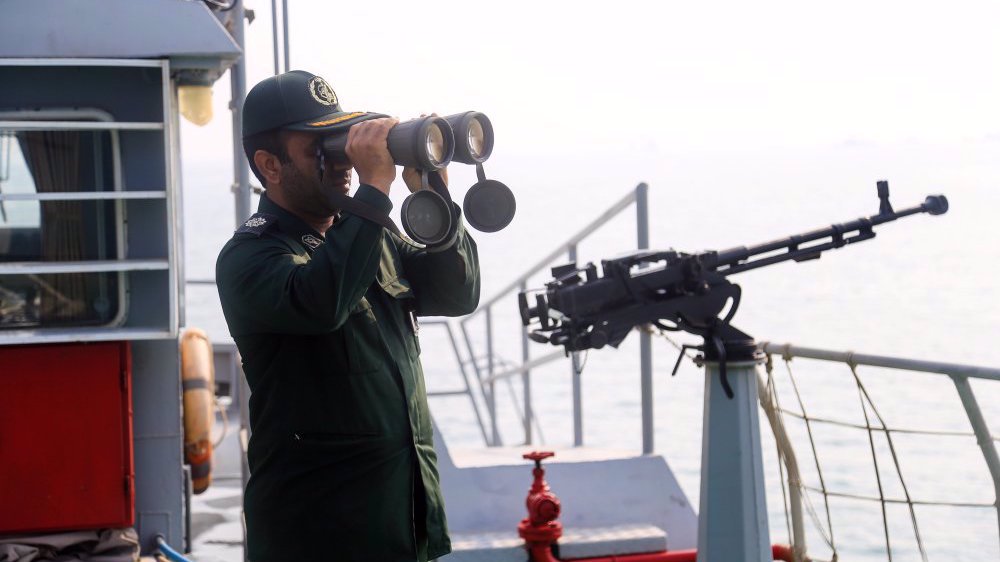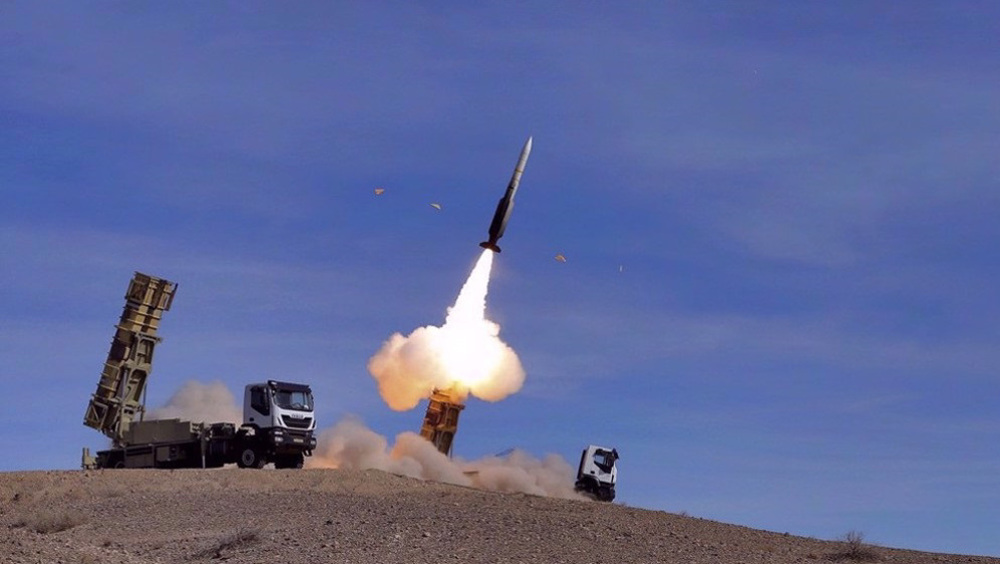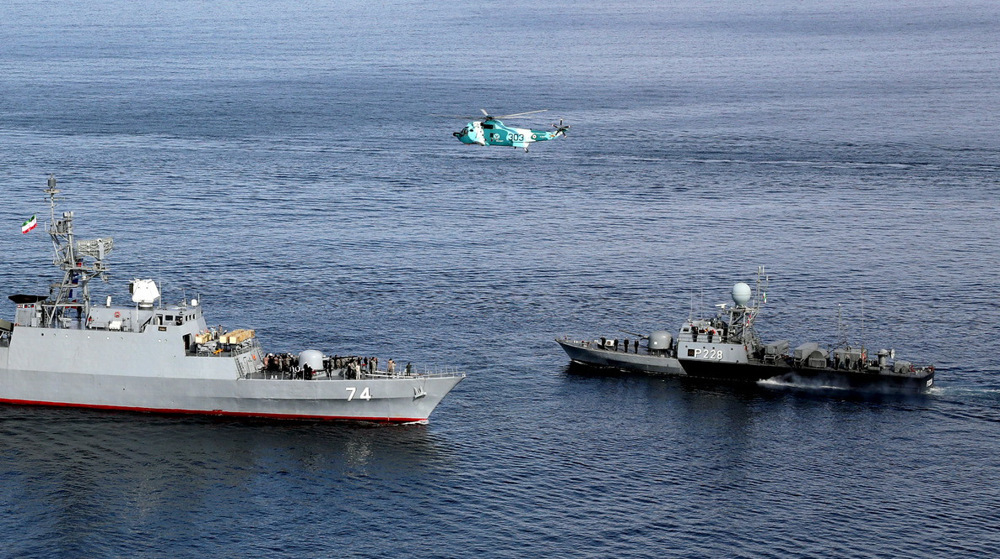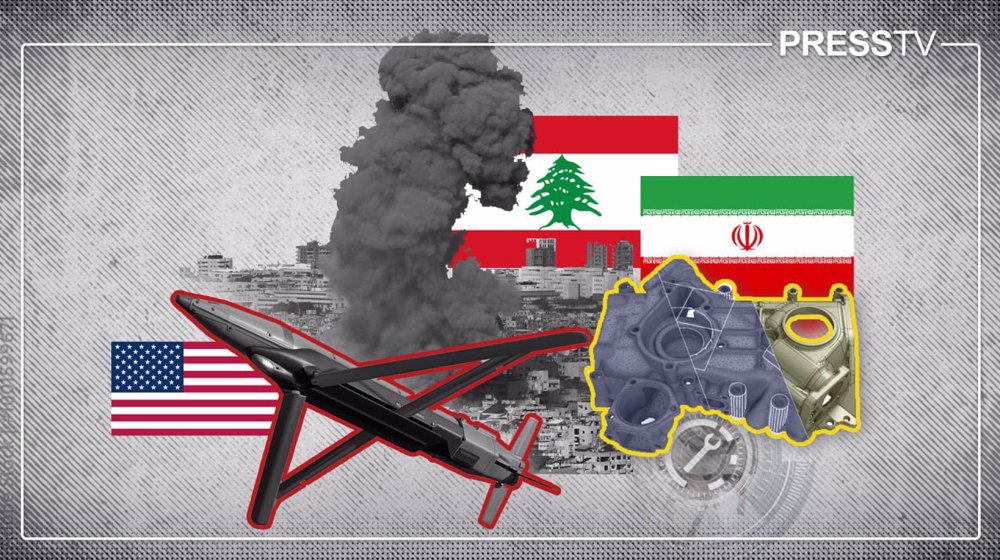Report: Iran heavily defeated US in costliest wargame in American history
The US was heavily defeated in a wargame the Pentagon designed two decades ago to simulate what a war with Iran would be like, online international affairs website 19FortyFive, a bipartisan US defense, national security, and military-focused publication, has reported.
The wargame, dubbed Millennium Challenge 2002, was a congressionally-mandated exercise that pitted the Blue Force, the US military, against the Red Force, the Iranian Army, in a time frame set five years in the future.
The warfare involved both live exercises and computer simulations, which cost approximately $250 million, and was comprised of 13,500 service members participating from 17 different simulation locations across several training sites.
The drills were conducted in the months following the 9/11 terrorist attacks when the administration of former US President George W. Bush was implementing its doctrine of preemption, meaning the US could launch an offensive on an enemy before being attacked.
With this in mind, the Red Force’s leader Lt. Gen. Paul Van Riper decided to begin the wargame by “preempting the preempter” as the US suspected his military forces would wait to be attacked first before it responded with a counterattack.
Once US forces were within range, Van Riper’s forces were reported to have unleashed a barrage of missiles from ground-based launchers, commercial ships, and planes flying low and without radio communications to reduce their radar signature.
Simultaneously, swarms of speedboats loaded with explosives launched kamikaze attacks. The US carrier battle group’s Aegis radar system—which tracks and attempts to intercept incoming missiles—was quickly overwhelmed, and 19 US ships were sunk, including the carrier, several cruisers, and five amphibious ships.
“The whole thing was over in five, maybe ten minutes,” Van Riper said.
The Red Force also used unconventional communication methods that could not be detected and intercepted by the Blue team’s advanced technology
Van Riper’s Force, as The Guardian described, “gave a signal—not in a radio transmission that might have been intercepted, but in a coded message broadcast from the minarets of mosques at the call to prayer. The seemingly harmless pleasure craft and propeller planes suddenly turned deadly, ramming into Blue boats and airfields along the Persian Gulf.”
The commander also used motorcycle runners to pass orders to subordinates, whose messages could not be intercepted by US aircraft.
The Blue Force assumed “Iran” would use the modes of communication that would allow them to listen and ambush their enemy, but Van Riper’s asymmetric assault made this tactic impossible.
Commenting on the drills, war experts said the costliest wargame in America’s history did not play out exactly how the Pentagon had hoped, adding, while obtaining advanced technology and sophisticated weaponry is a crucial component in war, it won’t necessarily guarantee a win.
Earlier in the year, American weekly magazine The New Yorker said US President Joe Biden and his administration face an Iran that is much better armed and more influential than at any other time in its modern history.
“Iran is now one of the world’s top missile producers. Its arsenal is the largest and most diverse in the Middle East,” the publication said, citing a Defense Intelligence Agency report.
“Iran can fire more missiles than its adversaries—including the United States and Israel—can shoot down or destroy. Tehran has achieved … ‘overmatch’—a level of capability in which a country has weaponry that makes it extremely difficult to check or defeat,” it added.
Alawites demonstrate in Syria after deadly Homs mosque bombing
Iran FM urges Yemeni groups to unite and block Yemen’s fragmentation
Pro-Palestinian group Handala hacks phone of Netanyahu’s chief of staff, release videos
Iran launches three remote sensing satellites on Russian Soyuz rocket
How Iran’s economy adapts amid persistent pressures
Iran, China can upgrade ties to ‘outcome‑driven partnership’: Envoy
Displaced Palestinians freeze in flooded tents as Israel continues Gaza truce violations
UNSC, Arab League to hold emergency meetings on Israel’s recognition of Somaliland











 This makes it easy to access the Press TV website
This makes it easy to access the Press TV website